Needles. This is the thing which has hurt and gave pain to most of us once in a life time. Whether it be injection or a test diagnosis or a COVID-19 test; these are the things which are pierced into our body for getting the blood sample. Some get through this very easily, while many-a-times blood vessels burst or sometimes complications happen too. Biomedical techniques have always been finding to solve the issue and here they are; pain-free, time-saving and an easy way of diagnostic tests – Microneedle patches.
Biomarkers: Defining diagnostics
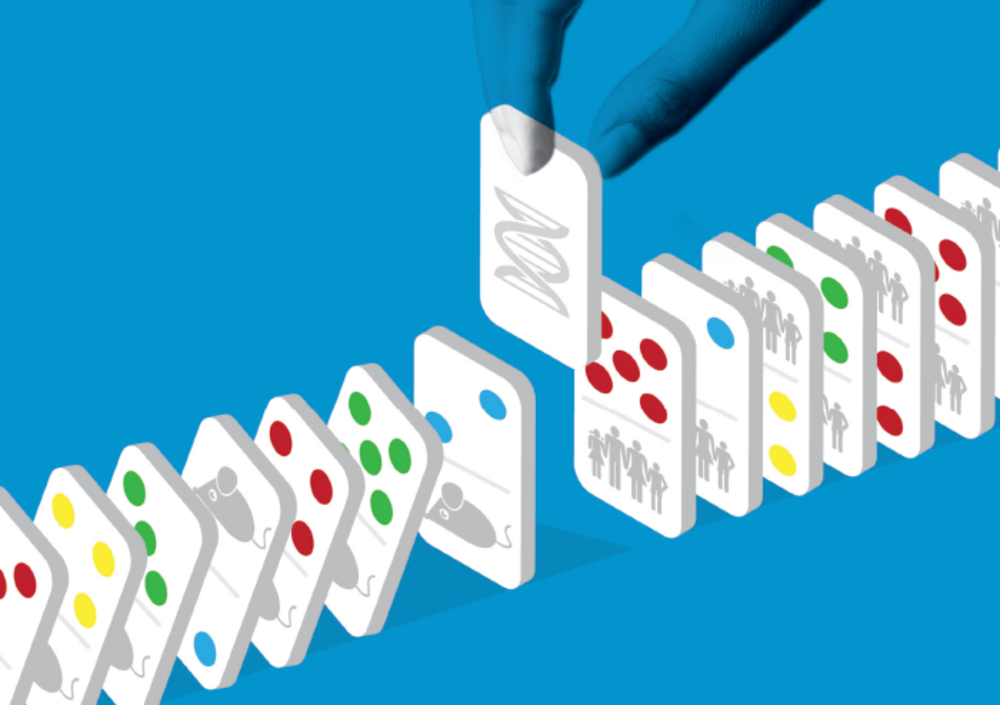
(image: The Translational Scientist)
Before we move towards the microneedle patches, let me first clear the concept of how exactly diagnosis is done. We all know that is an infinite network of blood vessels and blood veins that run throughout our body. They carry blood. Blood carry biomarkers. Biomarkers occur naturally into our body in the form of molecule or gene material and through biomarkers particular pathological or physiological process can be identified. So, when laboratories take your blood sample through that hurting needles, they actually look for biomarkers and diseases can be identified after diagnosing the sample.
Interestingly, these biomarkers can also be found near our skin, where dermatologic cells are located. There is dense liquid surrounding those cells and, in that liquid, biomarkers exist. So, why not capture that liquid instead of blood sample? Why doctors want to hurt us by piercing that needle?

Calm down! Those biomarkers are found in trace amounts in the dense liquid compared to blood flowing through veins. It is hard to detect them. So, diagnostics is therefore not so good and we have to face pain while being diagnosed.
Not any more…
Microneedle Patches: Redefining diagnostics
This technology is robust and cost efficient. These are patches, which can be applied on the skin, biomarkers of desire can be captured, diagnosed easily and in no time and there you are; no pain, no worries. But wait! Previously I said that to find biomarkers from that fluid is really difficult. Then how does these microneedle patches work?
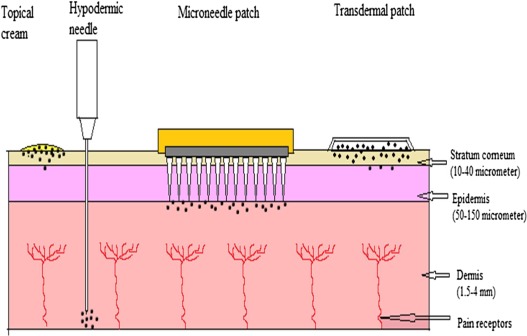
they are far more better than ordinary needles
(image: Sciencedirect)
Well, using them is similar to an ordinary blood sampling only. Normally, a chemical solution is injected to find the biomarkers from blood or the fluid. But while using these microneedle patches, biomarkers are directly captured from interstitial fluid. Usually, finding that specific biomarker precisely, the interstitial fluid needs to be captured as a whole and then later biomarkers are extracted from them. But that conventional process becomes difficult and painful. Instead, patches can directly capture them without extracting the fluid as a whole.
But that again is a difficult task, as interstitial fluid is dense with other impurities and molecules and compounds. So, how exactly the issue can be resolved then?

Easy, Time-saving, Cost-efficient & pain-free
(image: newswise)
A secret weapon. A gift to diagnostics.
As they say, to become successful, conventional paths need to be abandoned and follow your own new one. With unconventional approach, research team used plasmonic-fluor. Okay. This is something new. Let me elaborate. Plasmonic-fluor is an ultrabright fluorescent nanolabel which signals about the target protein or a biomarker. This means that, whenever they detect some biomarker, they signal that target brighter than other normal compounds and impurities, which makes the biomarkers stand-out from others. This makes the task of finding the biomarkers from the interstitial fluid easy and they can be captured and extracted with ease.
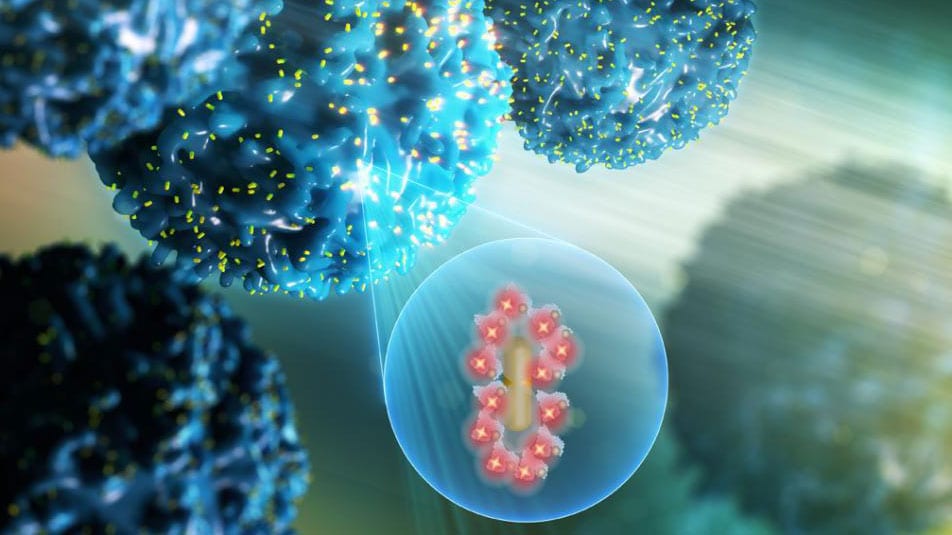
Interestingly, when an assay was done on a microneedle patch with plasmonic-fluor, the signal of target biomarker proteins became brighter by 1400 times and detectable enough by the patch. Also, previously the concentrations of biomarkers in the fluid were of a few micrograms per millilitre. Using plasmonic-fluor, this was obtained of the order of picograms per millilitre of fluid; which is really a great.
Multiple usages. Multiple applications. Boom to Diagnostics.
With such robust idea of microneedle patches, the field of diagnostics is leaved to a whole new level. In emergency or in daily research or other useful data-gathering – microneedle patches could serve in every scientific research.
For starters, take example of COVID-19 testing. There is this antibody test involved in research which detects whether or not there are antibodies generated against coronavirus pathogens. Those results were used to make corona virus vaccines. Now, to check the efficiency of the vaccine, microneedle patches could be very helpful. How? The patches can directly detect that how efficiently the vaccine produces the antibodies and for how long those remain in vaccinated human body.
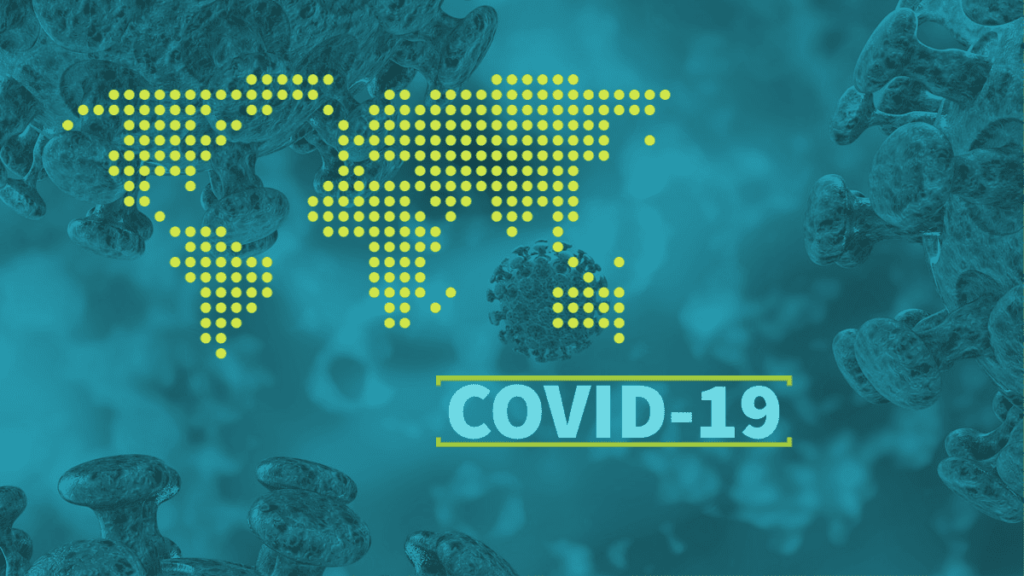
Another real-life example could be considered of some patient complaining about chest-pain or heart problem. These microneedle patches can help immediate testing and resulting to know what is the cause and doctors could solve the problem in almost no time. So, instead of rushing to the hospital for blood sampling, the test for troponin, which is biomarker for indicating myocardial infarction; can be carried out using microneedle patches.
Similarly, if patient has to have regular check-ups for some chronic diseases, then these patches can eliminate unnecessary trips to hospital; which is beneficiary especially in these harsh times of pandemic when we need to keep social-isolation.

For research labs, microneedle patches could reduce the number of animals required to carry out researches and help acquire progressive and accurate results without harming the animal kingdom.
Future and Beyond. Novel Diagnostics.
With such great scientific feats, humans keep on evolving endlessly. Talking about many applications, there is still a scope for plenty of research. For instance, research is going on to deliver the methods for long-distance and harsh conditions. Scenario of rural healthcare and making these patches cost-efficient is still a question. Surely this will be resolved as researchers see option for rural sector.
One of the most interesting research which scientists looked for was of “Cocaine-Vaccines”. This can stop the ability of cocaine to enter the blood and ultimately to brain cells. This could be a major application that microneedle patches can offer.
With AI and IoT entering our technological aspect of life
Such Scientific Advancements take care of our biological & healthcare aspect.
—OSD


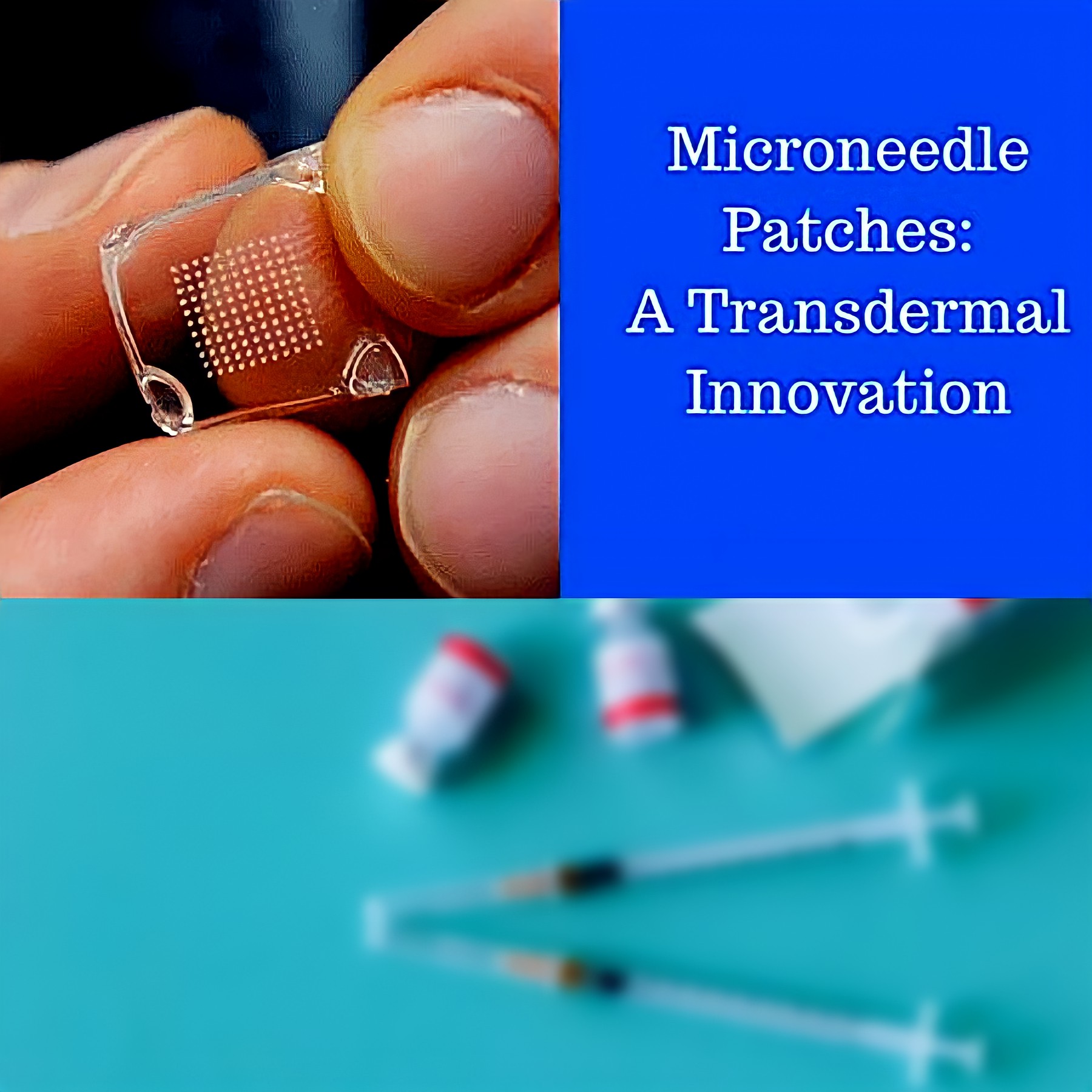

No need to gather all the courage to face the needle now, when the process becomes simple and pain-free!
But truly this was truly something new. Nice one @OSD 😁